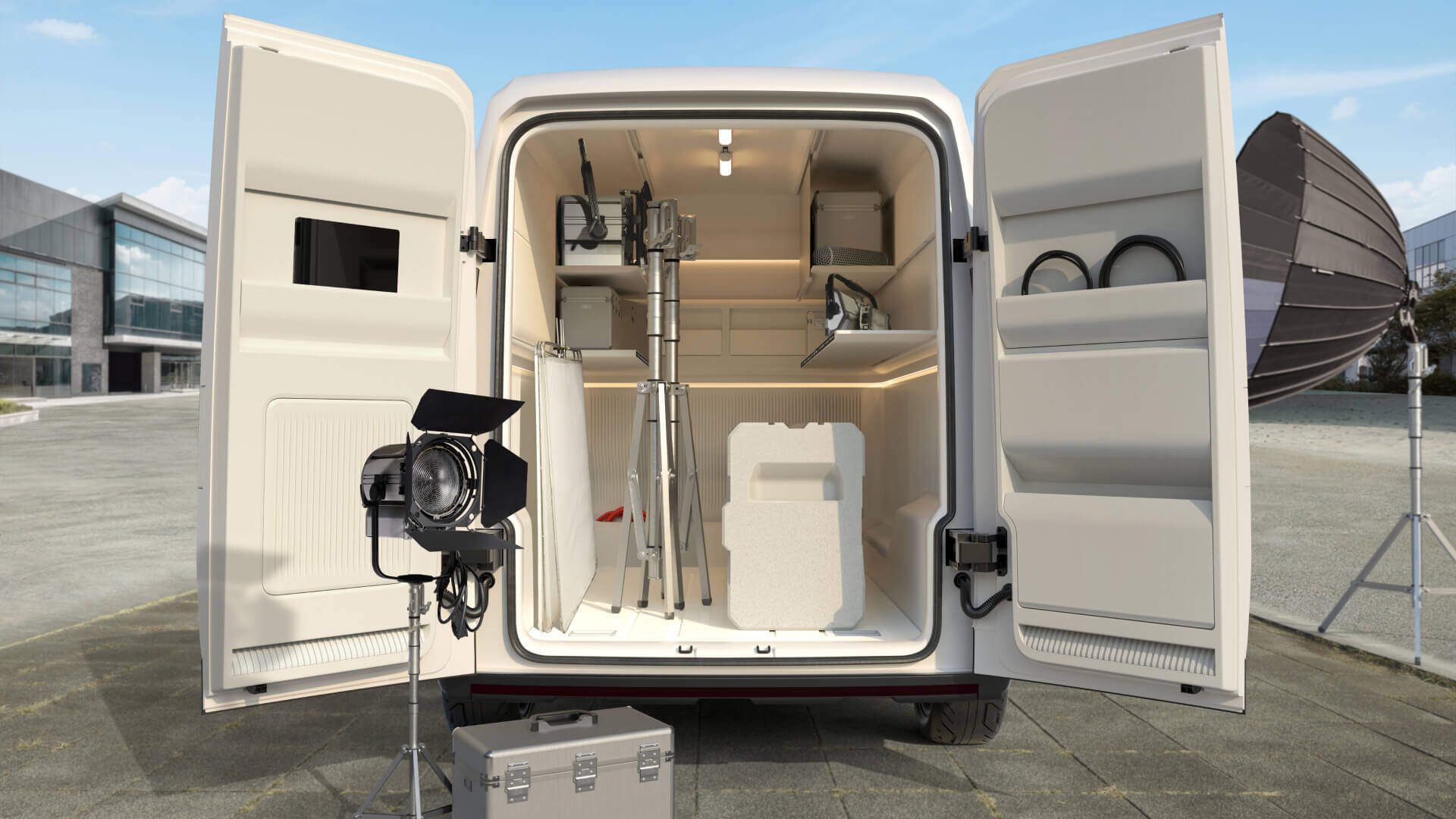Is Kia’s Next EV A Delivery Van?
Words NZ Autcar | Images Kia
Earlier this year we reported on Kia getting into the Purpose-Built Vehicle (PBV) market. Now the fruit of its labour is dropping, with the PV5 Concept 1 showing up at the IAA Transportation show in Hanover, Germany, ahead of a European market launch in 2025.

Kia says its battery-electric PBV actually stands for Platform Beyond Vehicle. Whatever, the Korean automaker clearly has an eye on the light commercial vehicle (LCV) market. It has plans for a range of battery-electric vans and light trucks aimed at businesses of all sizes.

The purpose-built vehicle market has exploded onto the scene lately but mass adoption by businesses remains elusive. In the UK, for example, 99 per cent of white vans are diesel-powered. There was a flurry of EV sales for a while but they’re more expensive than diesels and time spent recharging is time they’re not out there delivering stuff. Things have progressed a bit in that regard though, a 10-80 per cent recharge of the PV5 complete in 30min using a fast charger.

Kia’s new vans feature short overhangs, low-set window sills and buckets of headroom. They’re aimed initially at the likes of the hotel shuttle market.

Marc Hedrich, president of Kia in Europe, said at the launch “In order to disrupt the LCV market, an all-in approach is needed to maximize the benefits of a dedicated platform for a wide range of customers.

“While this approach is not a first for electric passenger cars, it’s certainly the first time we see it for LCV.”
Kia is banking in part on progressive exterior design which sets it apart from its competitors. Most of its rivals are ICE models that have been on the market for a while.
Kia’s concepts at the show are more passenger vans than minivans, competing with the likes of Ford’s E-Transit models. VW’s ID. Buzz is a bit smaller.
Kia’s PBVs have V2L capability, so can power several electric tools at once. The PV5 might therefore appeal to some tradies.

Fleet management is an important aspect of the PBV business model, says Kia. The PBVs will be able to take advantage of the Kia Charge network. This evidently has 780,000 charging points in 28 countries in Europe. Buyers can also use the Ionity network that has an extra 4100 charging points in 24 countries on the continent.
All of the PV variants use a dedicated EV platform for LCVs that can underpin different vehicle bodies. Kia will be able to offer a variety of vehicle sizes, all while offering business-focused interiors.

Hedrich enthused “This is a benchmark moment, and our PBVs are set to deliver better accessibility, higher volumes, and lower running costs, to completely change logistics and mobility.” There’s also an autonomous variant in the works for the likes of Uber.

Kia will face a number of rivals in Europe by the time the PBVs come to market. And the area will remain niche while lower prices keep buyers tethered to diesel offerings.






